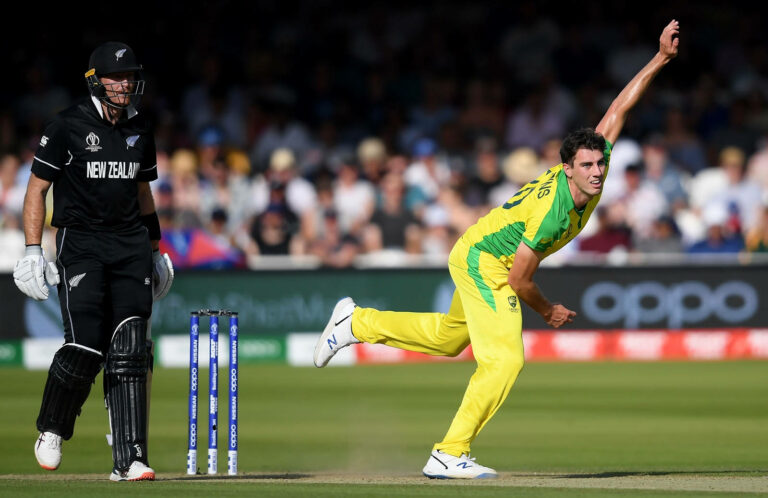The Impact of Seasonal Changes on Cricket Conditioning
lotusbook 365, play99exch, all panel mahadev:The Impact of Seasonal Changes on Cricket Conditioning
As an athlete, staying in peak physical condition year-round is crucial for performance, especially in a sport like cricket where games can last for hours on end. However, the changing seasons can present unique challenges when it comes to maintaining your fitness levels and staying at the top of your game. In this article, we’ll explore the impact of seasonal changes on cricket conditioning and provide some tips for adjusting your training regimen accordingly.
1. Winter: The Off-Season
During the winter months, many cricketers take a break from competitive play and use this time to focus on strength and conditioning. It’s important to maintain a consistent workout routine during the off-season to prevent muscle loss and keep your fitness levels up. This might involve hitting the gym for weight training, working on your cardiovascular fitness, and perhaps even trying out some cross-training activities to keep things interesting.
2. Spring: Pre-Season Preparation
As the weather starts to warm up and the cricket season approaches, it’s time to shift your focus to more sport-specific training. This might involve practice sessions on the field, working on your batting or bowling technique, and fine-tuning your overall game strategy. It’s also important to gradually increase your workload to avoid injury and ensure that you’re in peak condition come game time.
3. Summer: The Cricket Season
Once the cricket season is in full swing, maintaining your fitness levels becomes even more crucial. Games can be physically demanding, requiring strength, endurance, and agility. It’s important to stay hydrated, eat a balanced diet, get enough rest, and continue to work on your fitness throughout the season to prevent burnout and maintain your performance levels.
4. Fall: Post-Season Recovery
After a long and grueling cricket season, it’s important to give your body time to rest and recover. This might involve taking a break from intense training, focusing on active recovery activities like yoga or swimming, and addressing any lingering injuries or areas of weakness. It’s also a good time to reflect on your performance during the season and set new goals for the upcoming year.
5. Adapting to Seasonal Changes
One of the key challenges of cricket conditioning is adapting to the changes in weather and environmental conditions throughout the year. Hot and humid conditions can affect your hydration levels and energy levels, while colder weather can impact your flexibility and muscle performance. It’s important to be mindful of these factors and make adjustments to your training and nutrition as needed.
6. FAQs
Q: How can I stay motivated during the off-season?
A: Set specific goals for yourself, mix up your workout routine to keep things interesting, and find a training partner or coach to hold you accountable.
Q: What should I eat before a game to fuel my performance?
A: Aim for a balanced meal that includes carbohydrates for energy, protein for muscle repair, and fats for sustained energy throughout the game.
Q: How often should I cross-train during the cricket season?
A: It’s important to listen to your body and avoid overtraining, but incorporating some cross-training activities 1-2 times per week can help prevent burnout and improve your overall fitness levels.
In conclusion, the changing seasons can have a significant impact on cricket conditioning, but with the right approach and mindset, you can adapt to these changes and stay at the top of your game year-round. By focusing on a combination of strength training, sport-specific skill work, and proper nutrition, you can ensure that you’re prepared for whatever challenges come your way on the cricket field.







